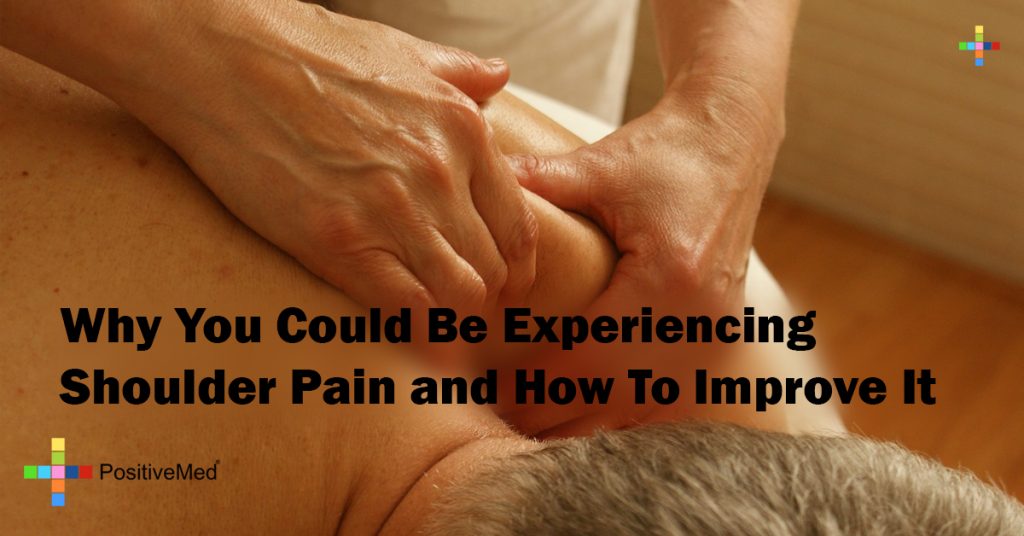
In order for your shoulder to function optimally, you need good thoracic (upper back) mobility. Too many people have poor upper thoracic mobility (the area between your shoulder blades) due to spending many hours at the computer; poor posture; not being active enough etc. This can impact your shoulder health, we all need good extension through our upper backs in order to complete overhead movements without compromising our structures in the shoulder joint. Often, problems with impingement; bursitis or rotator cuff issues at the shoulder joint are due to poor thoracic mobility as your shoulder blade cannot move efficiently over your ribcage.

In order to improve your upper back mobility, I have put together a couple of exercises that can be carried out at home on a daily basis.
1. Foam Roller Extension:
This will help improve your thoracic mobility into extension.
If you are fortunate enough to have a foam roller at home or access to one in the gym then try this.
Start position:

Sit comfortably with knees bent and bottom touching the floor. Place foam roller below shoulder blades, hands behind head.
Finish position:

Keeping your bottom in contact with the floor, slowly breathe out and let your back gently extend over the foam roller. Hold for a count of 3-5 seconds and slowly rise back up to start position. Repeat this twice and then gently roll the foam roller an inch further up the spine, repeat the extension movement twice again and keep doing this until you reach the top of the shoulder blades.
Ensure you do this correctly by watching the video below:
2. Side-lying thoracic opener:
This will help improve your thoracic mobility into the rotation.
Start position:

Lie on your side with your head supported, raise the top hip to 90 degrees and rest the knee on a foam roller or a firm pillow (this protects your lower back). Arms outstretched and hands stacked on top of each other.
Finish position:

Start to raise the top hand up and slowly bring it over to the other side of your body, letting your eyes follow that hand all the way, until you can’t go further, let your arm fall out at a 45 degree angle, make sure your knee stays in contact with the foam roller/pillow and your resting shoulder in contact with the mat, otherwise you’ve gone too far. Ensure you can still breathe comfortably and hold for 3-4 breaths, return hand to start position and repeat. Do this 10 times on each side. You will find that by the last few reps you have reached further than the start.
3. Thoracic Rotation (advanced exercise):
Only attempt this if you have relatively good shoulder and core strength. This is a good follow-on exercise for pain-free shoulders that require strength building.
Start position:

Hands should be in line with shoulders. Spine (including neck) should be neutral and bum tucked under to engage the glutes, feet just wider than shoulder-width apart.
Finish position:

From the start position, gently push one hand into the floor, keeping the body aligned and raise the other hand off to rotate around and reach up to the ceiling, shoulders should be stacked (wrist; shoulder; opposite shoulder; opposite wrist all in one line) and no sagging at the hips. Eyes to follow the moving hand at all times. Return to start position and rotate with the opposite arm. Repeat 5-10 times on each side.
 BIO:
BIO:
Mary is the director of free ur body based in Adelaide, a gym based rehabilitation service which gives you results you may not have thought possible. With a background in Physiotherapy and a broad array of post-degree qualifications, she helps get people out of chronic pain through thorough assessment and movement-based rehabilitation. We believe education is the key to health & wellness and pass our tools on to our clients to ensure they can independently maintain their health & wellbeing to the highest level.





